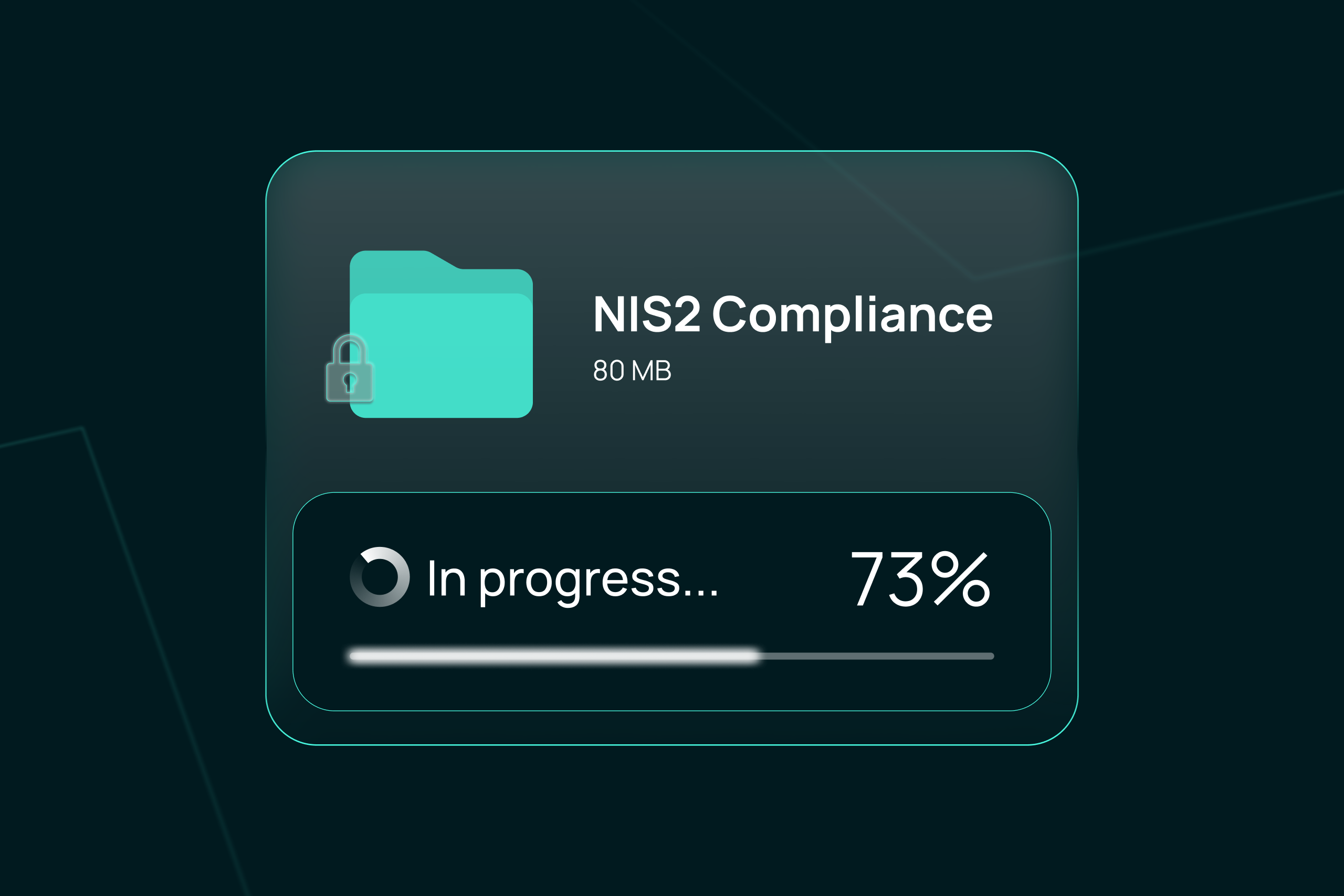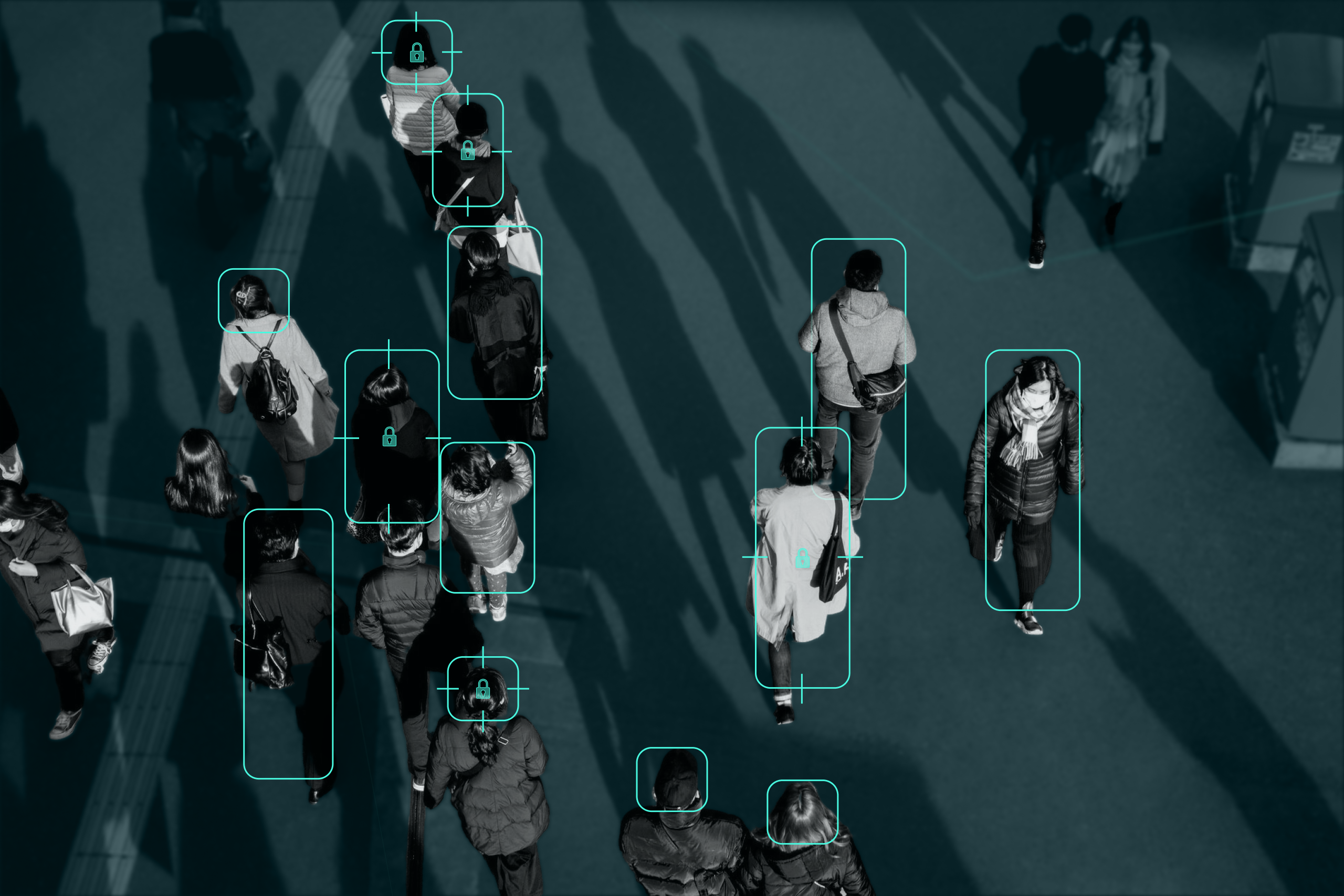The NIS2 Directive is reshaping how organizations across Europe, and of course, in Romania, manage cybersecurity.
Designed to strengthen the EU’s overall defense against cyber threats, NIS2 compliance is more than paperwork. It’s about accountability, trust, and long-term protection for businesses operating in essential and important sectors.
For many companies, the deadlines and technical language surrounding the directive may feel overwhelming. However, NIS2 is not meant to complicate your business: it’s here to help you protect it.
At Fort, we believe that understanding NIS2 should empower decision-makers to make the best choices for their companies. In this article, we’ll explain what NIS2 really means, who’s affected, what compliance looks like, and how your organization can prepare without fear or confusion.
Who Is Affected by NIS2?
The NIS2 regulation applies to a wide range of organizations across the European Union, including both public and private entities that provide critical or important services.
The goal of this regulation is simple: ensure that essential infrastructures remain secure, resilient, and capable of responding quickly to cyber incidents.
Under the NIS2 EU directive, companies are divided into two main categories:
1. Essential Entities: Large organizations that provide services vital to the economy or society, such as:
- Energy: electricity, gas, and oil production or distribution
- Transport: air, rail, maritime, and road networks
- Banking and financial market infrastructure: banks, credit institutions, and trading platforms
- Healthcare: hospitals, clinics, laboratories, and medical facilities
- Drinking water and wastewater management
- Public administration: central and local government bodies
- Space sector: satellite and related infrastructure
2. Important Entities: Medium-sized or digital service providers that play a key role in maintaining continuity of services, including:
- Manufacturing of critical goods such as medical, electronic, or optical equipment
- Digital services: cloud service providers, data centers, DNS operators, and e-commerce platforms
- IT and Managed Security Service Providers (MSSPs)
- Postal and courier services
- Waste management and recycling
These classifications determine the level of cybersecurity obligations each organization must meet under the NIS2 regulation.
While essential entities face stricter supervision, both categories are legally required to implement risk management, incident reporting, and resilience measures.
What NIS2 Compliance Looks Like in Practice
The NIS2 requirements are designed to make companies more proactive than reactive, by helping them prepare for incidents, identify risks early, and recover fast.
Here’s what NIS2 compliance typically involves:
- Risk management and security policies
You’ll need to implement clear frameworks for identifying and mitigating cybersecurity risks, ensuring they’re reviewed and updated regularly. - Technical and organizational measures
These include firewalls, monitoring systems, access controls, encryption, and continuous training for employees. The goal is to prevent, detect, and respond to cyber threats efficiently. - Incident reporting
NIS2 requires that significant security incidents must be reported to national authorities within 24 hours (in Romania, that is DNSC). - Appointing a responsible officer (CISO)
Each company must designate a person or external partner responsible for overseeing cybersecurity and compliance. - Regular audits and improvements
Compliance isn’t a one-time project. It involves periodic audits, performance reviews, and alignment with other requirements such as ISO 27001 compliance, which already covers many of the NIS2 principles.
In practice, this means building a security system that’s transparent, measurable, and adaptable. It’s a system that integrates seamlessly into your daily operations instead of disrupting them.
NIS2 Timeline: From Directive to Daily Practice
The journey of the NIS2 Directive began back in December 2020, when the European Union proposed a new direction for strengthening cybersecurity across the continent. The original NIS Directive from 2016 had laid the foundation for coordinated defense, but as cyber threats evolved, so did the need for a more comprehensive, risk-based approach.
Two years later, in December 2022, the NIS2 Directive was officially adopted by the European Parliament and the Council of the European Union. This marked the beginning of a transition period during which all EU Member States were required to incorporate the directive into their national laws.
By October 2024, every EU country, including Romania, was required to integrate NIS2 into its national legal framework. From that point onward, compliance was no longer optional, it became a formal obligation for companies in both essential and important sectors.
Now, in 2025, the focus has shifted from planning to implementation. Organizations are expected to assess their exposure, appoint a cybersecurity officer (internal or external), and ensure that governance, monitoring, and incident-reporting mechanisms are in place. This is the year when the framework moves from regulation to real-world practice.
Looking ahead, 2026 will bring the start of active supervision and enforcement. National authorities like DNSC in Romania will begin evaluating how companies have implemented the NIS2 requirements. Businesses should expect compliance checks, requests for documentation, and, where needed, corrective measures or penalties.
Penalties: Compliance Is Always Cheaper Than a Breach
Organizations that fail to meet the requirements can face fines of up to €10 million or 2% of their global annual turnover, depending on which amount is higher.
These penalties apply to both essential and important entities, and can also extend to individual liability for executives who neglect their cybersecurity responsibilities.
Beyond financial consequences, non-compliance brings hidden costs:
- Service downtime caused by unreported or unmanaged cyber incidents
- Loss of client trust, especially in sectors like finance, healthcare, and technology
- Regulatory investigations, which often expose gaps in internal processes and documentation
Once your reputation for reliability is questioned, rebuilding it costs more than prevention ever would.
Prevention Pays Off: How Fort Can Help You Stay Ahead
Performing regular cybersecurity audits is the foundation of long-term resilience.
A well-executed audit helps your organization uncover vulnerabilities before attackers do, align policies with the NIS2 regulation, and validate progress against recognized standards like ISO 27001.
But identifying risks is only the first step, while acting on them is what builds real protection.
That’s where Fort comes in. Here’s how we support your journey to full NIS2 compliance:
-
We protect your business by identifying and closing security vulnerabilities before they’re exploited.
-
We help you avoid costly penalties and maintain stakeholder trust through verified regulatory adherence.
-
We give you confidence in your security posture through real-world attack simulation and actionable remediation.
-
Compliance Support and Consultancy:
We reduce complexity and resource drain while ensuring continuous alignment with regulatory standards. -
We minimize breach impact and recovery time through expert-led crisis containment and investigation.
-
Awareness Training and Assessment:
We transform employees into your strongest security asset by reducing human-error incidents. -
Security Operations Center (SOC):
We deliver 24/7 threat detection and rapid response capabilities without the cost of an in-house security team.
The result: compliance, but more importantly, peace of mind.
Let Fort ensure your organization fully meets all the NIS2 requirements through an audit.
That way, you can stay focused on your business, while we make sure you’re protected from fines or security breaches.




